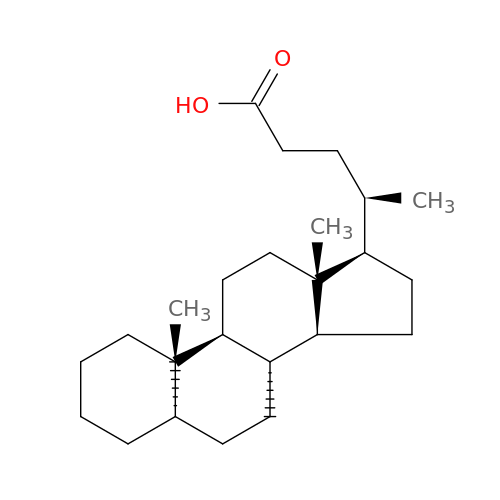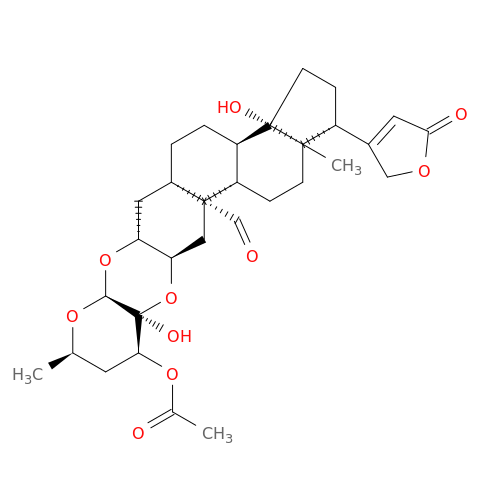| C0002395 |
BXGD000111 |
Alzheimer's Disease |
Nervous System Diseases; Mental Disorders |
| C0007137 |
BXGD000445 |
Squamous cell carcinoma |
Neoplasms |
| C0011615 |
BXGD000738 |
Dermatitis, Atopic |
Congenital, Hereditary, and Neonatal Diseases and Abnormalities; Skin and Connective Tissue Diseases; Immune System Diseases |
| C0013146 |
BXGD000801 |
Drug abuse |
Chemically-Induced Disorders; Mental Disorders |
| C0013595 |
BXGD000858 |
Eczema |
Skin and Connective Tissue Diseases |
| C0027819 |
BXGD002043 |
Neuroblastoma |
Neoplasms |
| C0028754 |
BXGD002082 |
Obesity |
Pathological Conditions, Signs and Symptoms; Nutritional and Metabolic Diseases |
| C0030567 |
BXGD002240 |
Parkinson Disease |
Nervous System Diseases |
| C0162836 |
BXGD003990 |
Hidradenitis Suppurativa |
Infections; Skin and Connective Tissue Diseases |
| C0221228 |
BXGD004412 |
Comedone |
Skin and Connective Tissue Diseases |
| C0235974 |
BXGD004796 |
Pancreatic carcinoma |
Digestive System Diseases; Neoplasms; Endocrine System Diseases |
| C0263006 |
BXGD005279 |
Perifolliculitis |
|
| C0276496 |
BXGD006426 |
Familial Alzheimer Disease (FAD) |
Nervous System Diseases; Mental Disorders |
| C0334013 |
BXGD006978 |
Phrynoderma |
Skin and Connective Tissue Diseases |
| C0346647 |
BXGD007832 |
Malignant neoplasm of pancreas |
Digestive System Diseases; Neoplasms; Endocrine System Diseases |
| C0494463 |
BXGD009029 |
Alzheimer Disease, Late Onset |
Nervous System Diseases; Mental Disorders |
| C0596887 |
BXGD009648 |
mathematical ability |
|
| C0700095 |
BXGD009875 |
Central neuroblastoma |
Neoplasms; Nervous System Diseases |
| C1840560 |
BXGD014477 |
Hidradenitis suppurativa, familial |
Infections; Skin and Connective Tissue Diseases |
| C3151037 |
BXGD018374 |
ACNE INVERSA, FAMILIAL, 2, WITH OR WITHOUT DOWLING-DEGOS DISEASE |
|
| C3714534 |
BXGD019411 |
dowling-degos disease |
Congenital, Hereditary, and Neonatal Diseases and Abnormalities; Skin and Connective Tissue Diseases |
| C4021957 |
BXGD020840 |
Recurrent cutaneous abscess formation |
|
| C4023521 |
BXGD021209 |
Chronic furunculosis |
|
| C4086165 |
BXGD022126 |
Childhood Neuroblastoma |
Neoplasms |




